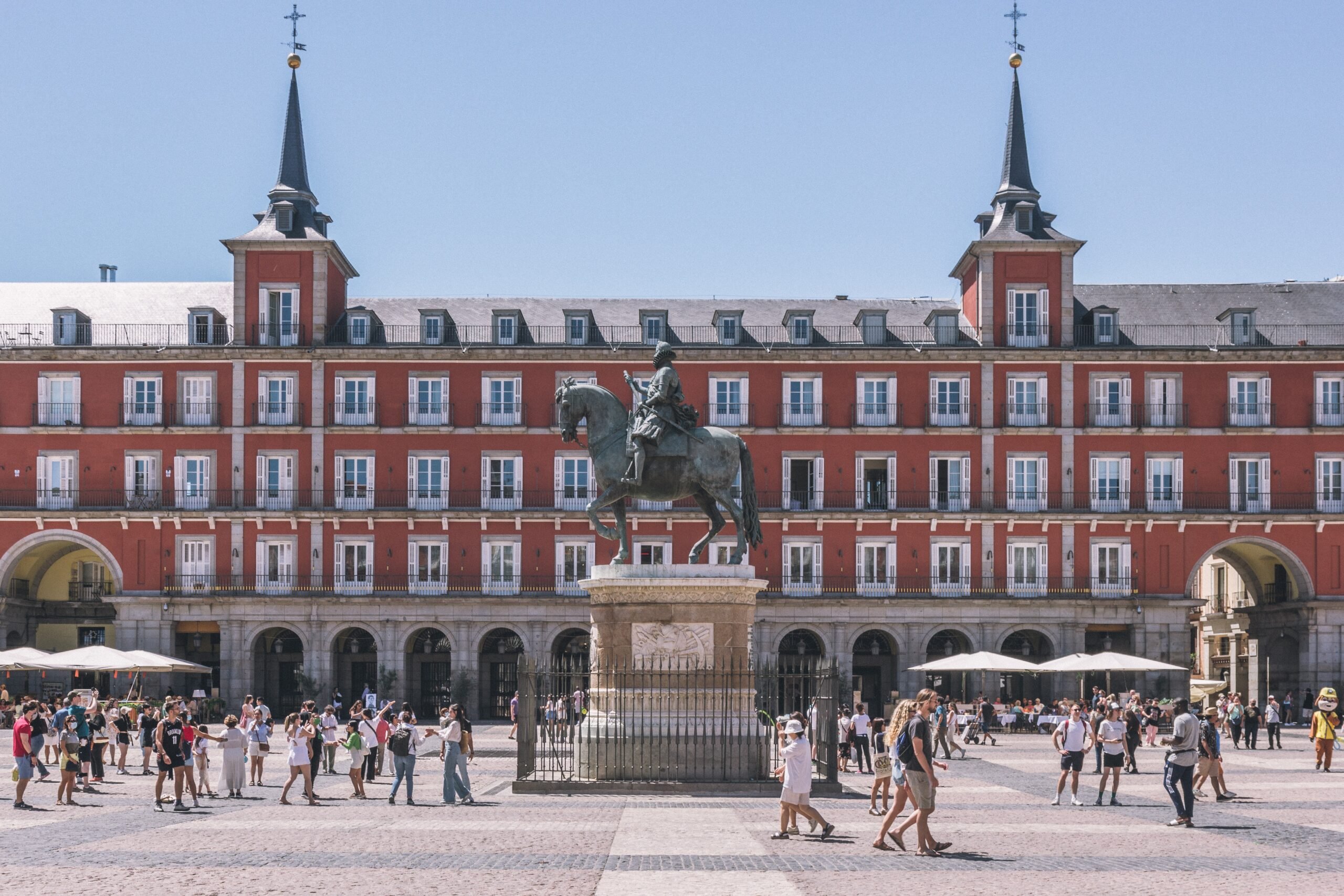Plaza Mayor is a 400-year-old square at the center of Madrid that is famous for its grand architecture and bocadillo de calamares — calamari sandwiches
Plaza Mayor lies at the heart of Madrid’s most charming and historic district and is surrounded by attractions and some of the city’s best cafés and restaurants. The huge rectangular square is always full of entertainment and holds centuries of history. Its foundation was also that of Spain’s Golden Age.
Spain was a difficult and confusing place to rule not long before Plaza Mayor was built. There were several kingdoms and different seats of power, which were meant to be under the control of the Hapsburgs. When Philip II became one of Spain’s most important kings, he faced the challenge of holding the country together. When the palace in Toledo — where he was born — suffered a great fire in 1561, Philip II moved his capital to Madrid.
At the time, the city was more of a fortress. The Royal Alcázar, now the Royal Palace, became Philip II’s new home. As a castle city, Madrid was full of rogues, bandits, and was generally unlived. Spain was undergoing great changes and huge increases in wealth as gold and silver returned from the Americas. To be the seat of a king, Madrid had to be modernised. Part of that was the construction of Plaza Mayor on top of an older market square. Philip II never saw the square completed.
The Grand Casa de la Panadería
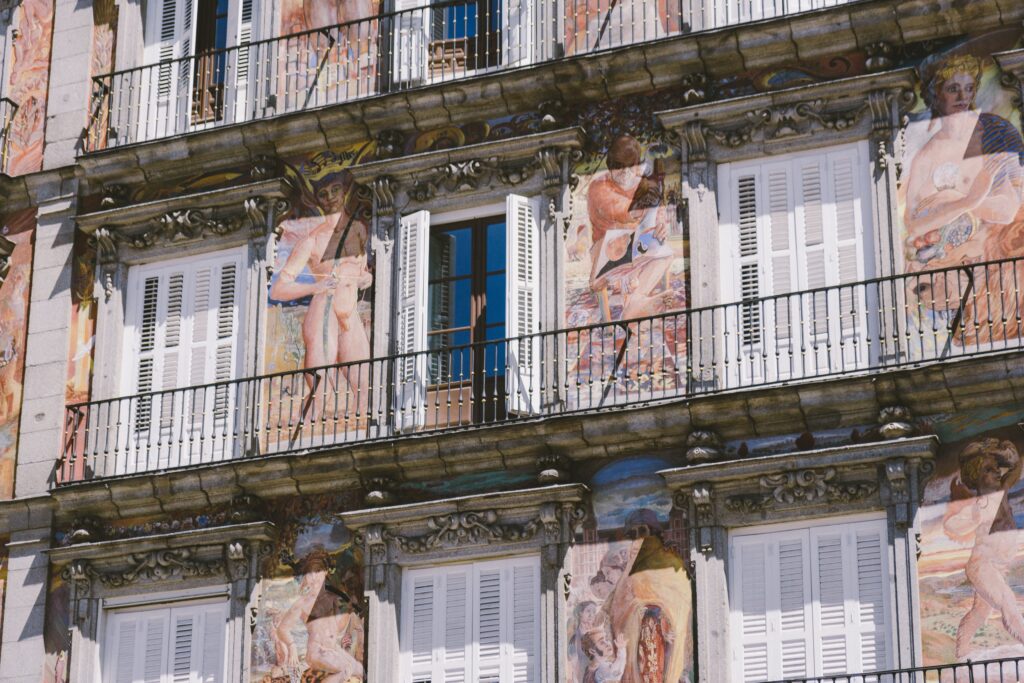
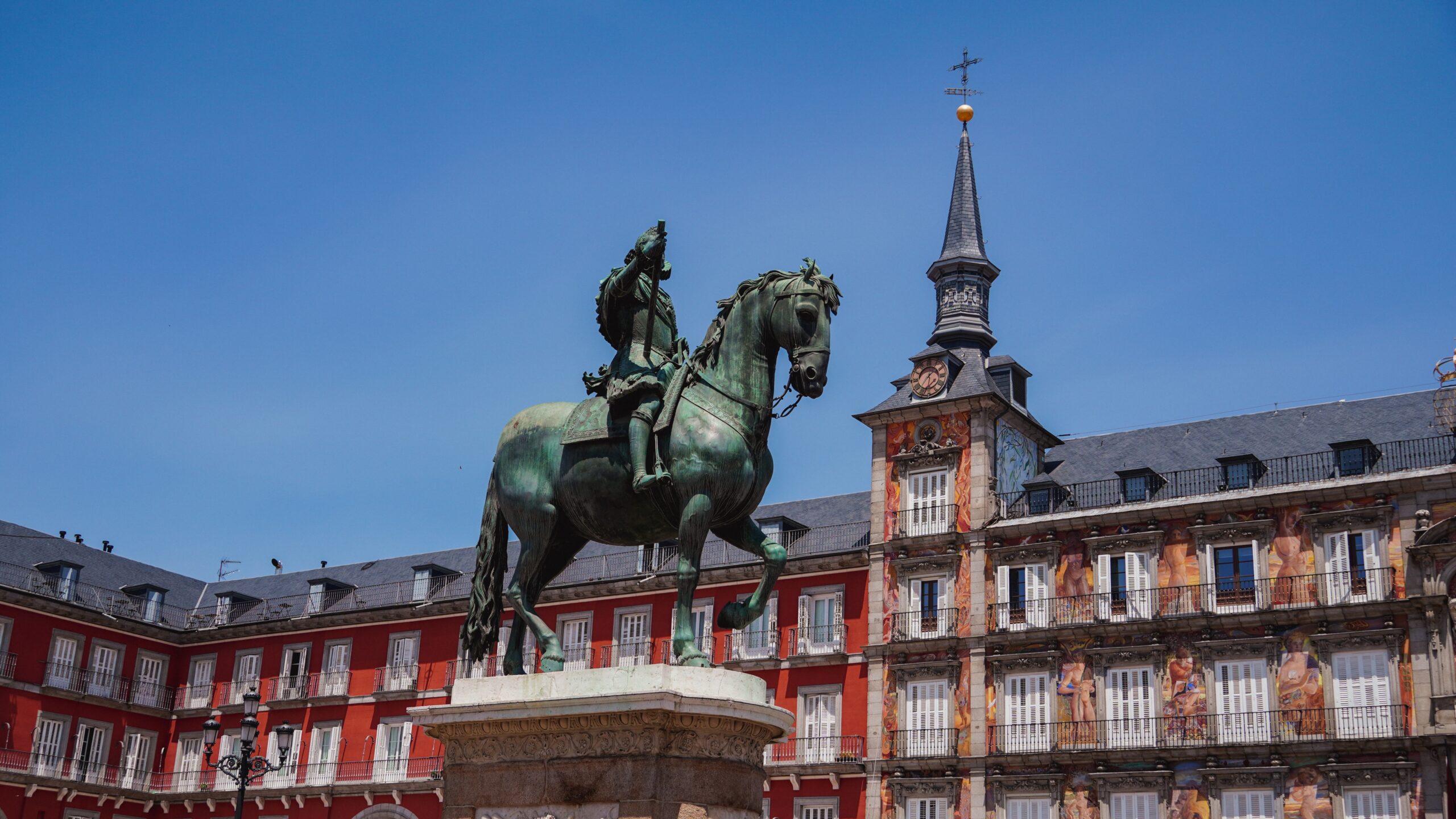
Discover the history of plaza mayor
The grand Casa de la Carnicería (House of Butchery) and Casa de la Panadería (Bakery House) were two of the first buildings to be completed. Casa de la Panadería was considered particularly important following a series of bread riots in Madrid. It is covered in beautiful frescoes and topped with two towers. The frescoes that can be seen today are the work of Carlos Franco and were completed in a Baroque style in 1992. These represent classical mythology and figures from Madrid’s history.
In 1790, Plaza Mayor was destroyed by a three-day fire. The only way to bring it to an end was to demolish the surrounding houses to create a firebreak. Juan de Villanueva was put in charge of the reconstruction and is largely responsible for the shape of the square as it stands today. De Villanueva took Casa de la Carnicería as a starting point and standardized the heights of the buildings. He fully enclosed the plaza and designed the arches that open onto the surrounding streets.
By the 60s, the square had fallen into disrepair and was used as a car park. Tramlines had terminated in the plaza until the mid-50s and the equestrian statue of Philip III had been restored around the same time. The buildings required significant work to fix the cracks in the frescoes and holes in their roofs, and the square itself was levelled and repaved.
Christmas Markets and the Bocadillo de Calamares of Plaza Mayor
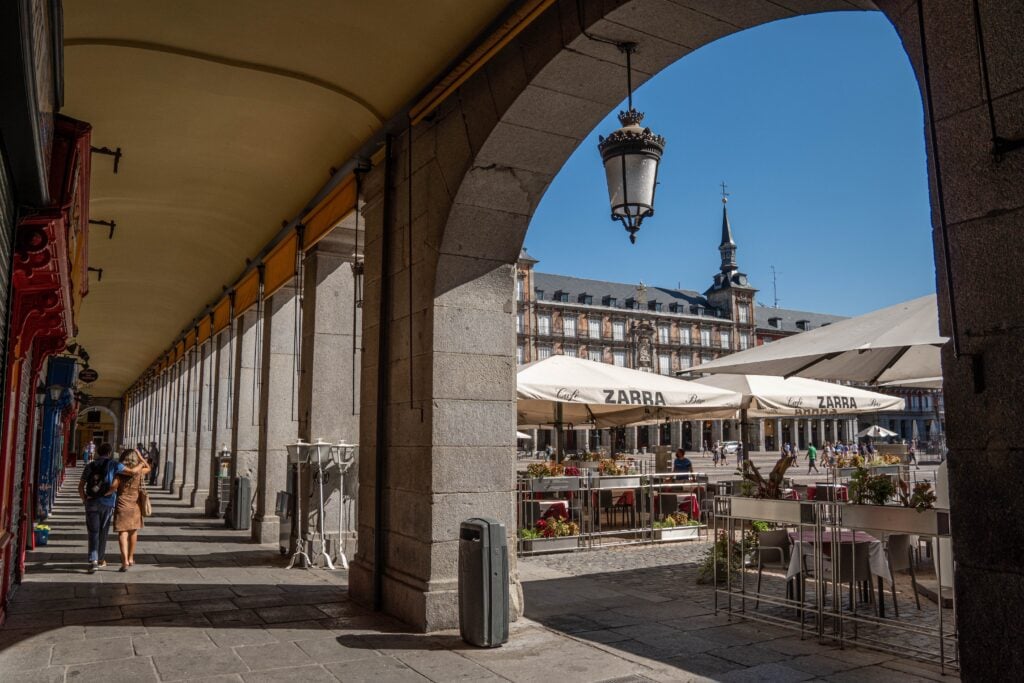
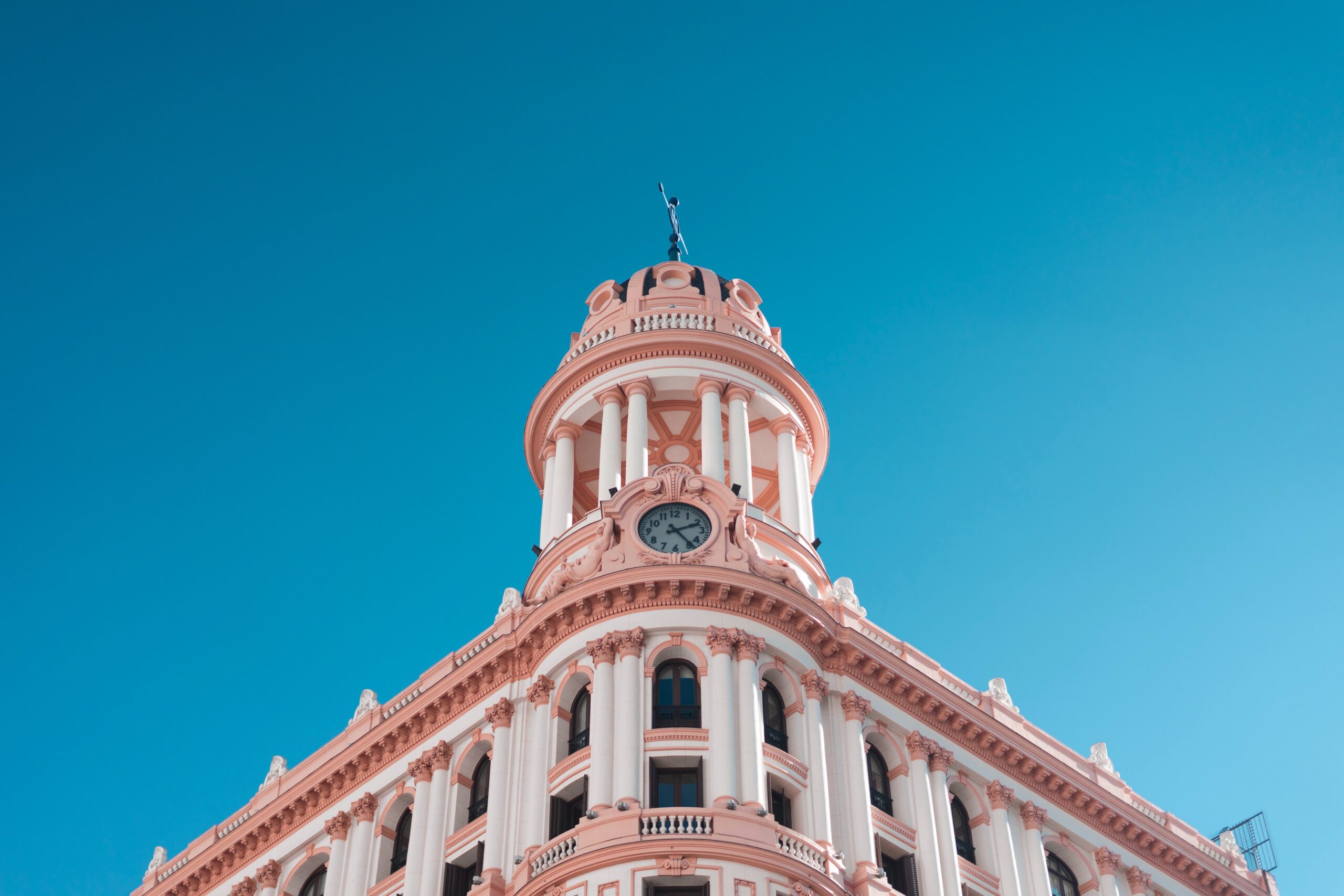
Skip the line at Madrid’s famous museums
A delicious traditional dish to try when you visit Plaza Mayor is bocadillo de calamares — a calamari sandwich served with aioli or lemon. They have become a symbol of the square and the city. You’ll find them served in the square itself and the surrounding streets are full of restaurants selling them. One of the best can be found just outside the arches. La Campana is often ignored by tourists but is a favorite of locals.
Throughout the festive period, Playa Mayor holds a Christmas market. This is full of more than 100 stalls selling decorations, gifts and souvenirs, and nativity figurines. It runs through the day and into the night and will get livelier as the evening progresses. If you want to browse without too many people around, it’s best to visit earlier on a weekday. Go on a weekend to soak up the atmosphere and discover how the Spanish bring in Christmas.

